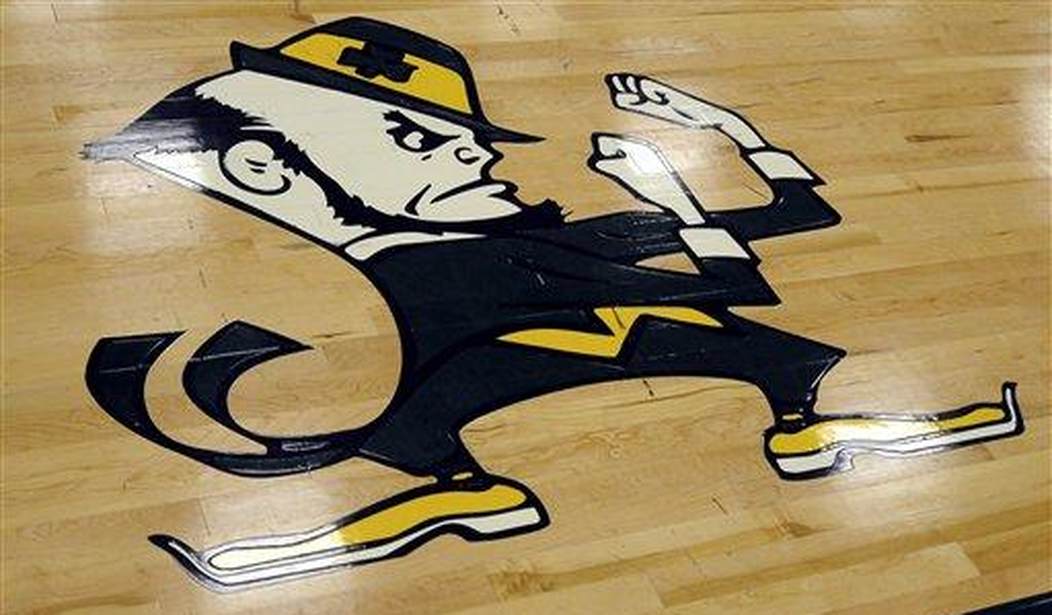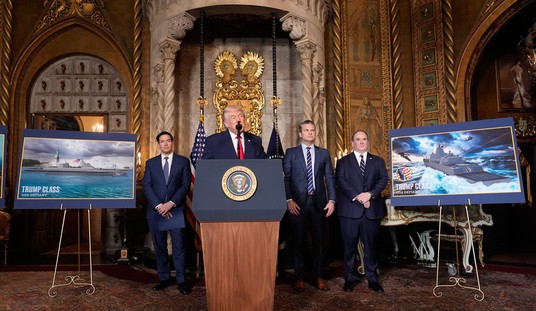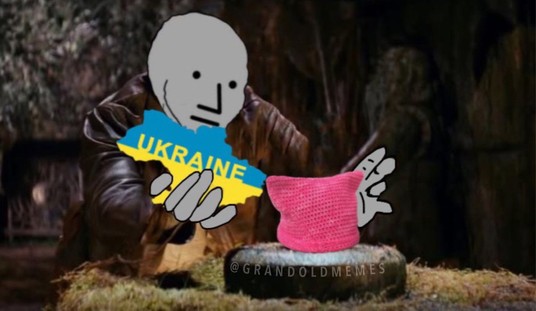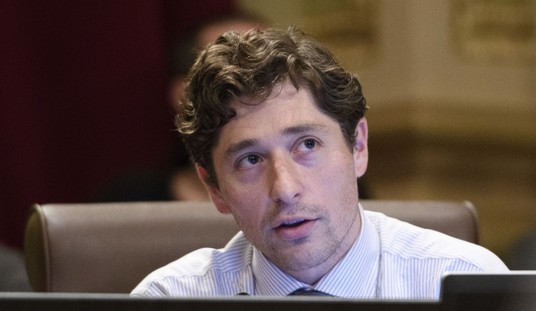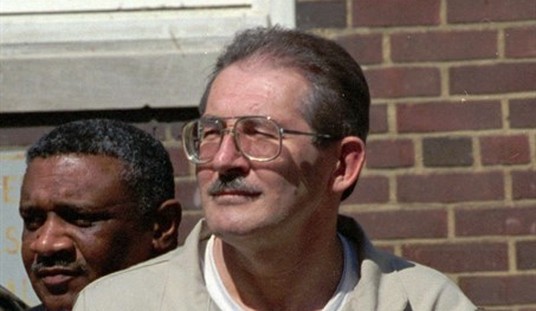The "Fighting Irish" leprechaun mascot of the University of Notre Dame is a demeaning, ethnic stereotype of a small, pugnacious Irishman that perpetuates the negative categorization of Irish people as violent drunks.
No one makes that argument, of course. If they do, chances are they've had a "wee bit too much of a "nip of the 'crature'." It's a silly argument based on anecdotal evidence of Irish people being "offended" by the leprachaun mascot.
The same could be said for Greeks being offended by the use of the Michigan State "Spartan" mascot. And has anyone asked a bulldog how they feel about Georgia using their likeness as a rallying cry for its sports teams?
When was the last time you saw an online campaign by Irish-Americans to ban the leprechaun mascot? Or Greek-Americans to ban the "Spartan"?
Native American mascots and team identities using Native American symbols such as "warriors" and "chiefs" are slowly being eliminated from American culture.
The fight against Native American mascots is not about "offensive stereotypes" or "demeaning racial generalizations." It's a matter of one minority group trying to assert itself and push back against a dominant culture. It's about exercising power, not assuaging hurt feelings.
The opponents of using Native American tribes, symbols, and characteristics as mascots ignore the fact that the original intent of naming the school's symbol was "due to a combination of factors, including a perceived association with strength, courage, and a romanticized view of Native American culture," according to the University of Kansas Sports Management school.
That "romanticized view of Native American culture" was often promoted by tribes themselves. That mystique was part of a long tradition of America's love/hate relationship with Native Americans that exists to this day. The "Noble Savage" is ingrained in America's DNA. Was it "demeaning"? Only as much as it was an inaccurate portrayal of real Native American culture.
The argument against using Native American-themed mascots "rests on the theory that the presence of such symbols, regardless of intent, creates a harmful learning environment for Native students," says the City Journal.
The Trump administration has jumped feet first into the fray, making the same point that I made above. It's discriminatory for schools to axe Native American symbols while allowing white ethnic symbols to remain.
The City Journal notes, "our review of the evidence suggests that while Native mascots might offend some, they don’t have any effect on educational outcomes." In other words, the evidence to ban Native American mascots "for the kids" is bogus.
Social science research has built a case for mascot bans, particularly with a 2020 meta-analysis of 19 papers. These studies, in tandem with laws concerning hostile school environments, have been influential enough to withstand court challenges to mascot bans and convince states to enact blanket prohibitions.
The quality of the research, however, is flimsy at best. The meta-analysis covers research papers that study not the educational impact of bans but their “psychosocial” effects. The analysis misleadingly draws a strong connection between Native mascots and poor educational and social results, implying that the negative feelings produced by the mascots cause such outcomes. But none of the studies reviewed examine academic achievement, graduation, health, or employment directly. The review offers no evidence to suggest that Native mascots affect academic attainment or create a harmful learning environment for students—the relevant consideration for legal purposes.
It's not unusual for the left to create social science justifications for whatever it is that sticks in their craw about America. "For the kids" is the easiest evidence to fudge or create.
Take the notion, often introduced in court cases on banning mascots, of the "psychosocial harm" done to Native American kids in schools using a Native American mascot.
In one of the experimental papers, the conclusions are perplexing. Among Native youth, at least 80 percent of associations with Native mascots and imagery were positive, and exposure produced a statistically significant but practically insignificant difference in self-esteem: a half-point drop, at most, on a scale of one to five. Nonetheless, the paper concluded that Native mascots, “regardless of whether they are perceived positively by Native youth, are harmful to the psychological well-being of these youth.”
There is a case to be made that the image of some Native American mascots is racially demeaning. Old Chief Wahoo, the former Cleveland Indians' mascot, was originally the poster child for demeaning stereotypes. Wahoo evolved over the years, but they could never escape the original narrative. Wahoo was retired in 2019, much to the chagrin of true-blue Indians fans.
It's by no means unanimous among Native American tribes that all symbols, tribe names, and nomenclature should be banned. Some Native American groups worry that eliminating mascots will make native culture even more invisible than it is now.
Once Native American mascots are eliminated, will the left begin to go after animal mascots? Think how demeaning it is for the noble lion or grizzly bear to be associated with a brutal game like football? Those gentle creatures get a bad rap and need to be protected.



